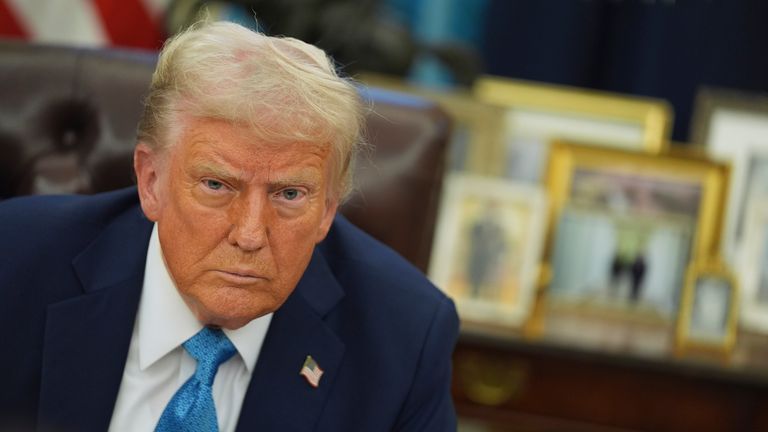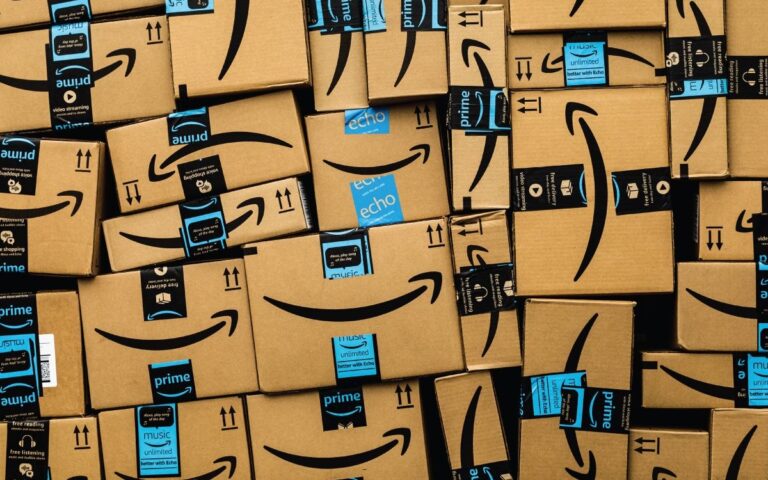
President Donald Trump signed a trio of executive orders on Saturday that imposed 25% tariffs on imports from Canada and Mexico and a 10% duty on imports from China as he sought to force the countries to clamp down on the flow of migrants and fentanyl across their borders and into the U.S.
An exception was made for Canadian energy, including oil. Tariffs on energy imports from Canada were set at a lower rate of 10%, a White House official said, to minimize the potential for disruptions in gasoline and home heating prices.
The new tariffs on imports from all three nations are on top of existing duties. They are expected to go into effect on Tuesday.
The text of the executive orders were not immediately available. However, the official said they included a retaliation clause that would serve as a signal to affected countries that counter-tariffs would likely be met with further action from the U.S. government.
Trump weighing a universal tariff
Trump is also debating a universal tariff and fees on the European Union but has not specified how much they would be and did not impose them on Saturday. He told reporters Friday that he was looking to hike tariffs on steel, aluminum, and, eventually copper. Tariffs on pharmaceuticals and computer chips are also on their way, he said.
Canada and Mexico are the top sources of U.S. crude imports, together accounting for around one-quarter of the oil U.S. refiners process into fuels such as gasoline and heating oil, according to the U.S. Department of Energy.
In 2022, Canada accounted for 60% of crude oil imports to the U.S., while 10% of crude oil came from Mexico, according to the U.S. Energy Information Administration.
Refineries purchase crude oil to produce gasoline, diesel fuel, and other petroleum products.
Tariffs have been central to Trump’s economic strategy, used to increase tax revenue, protect jobs, and as a negotiating tool.
Economists have long warned that tariffs –duties on imports— will boost inflation and hurt customers.





